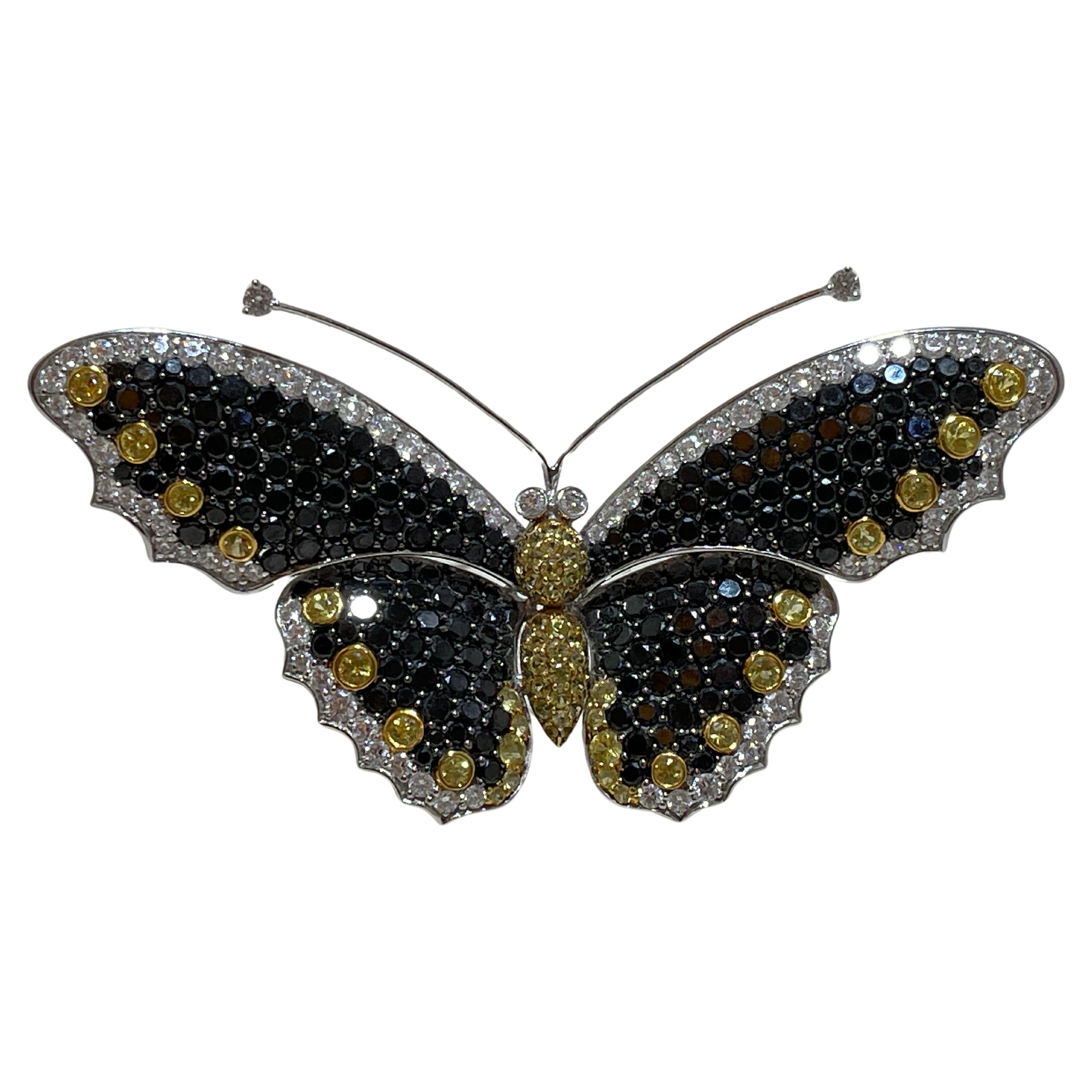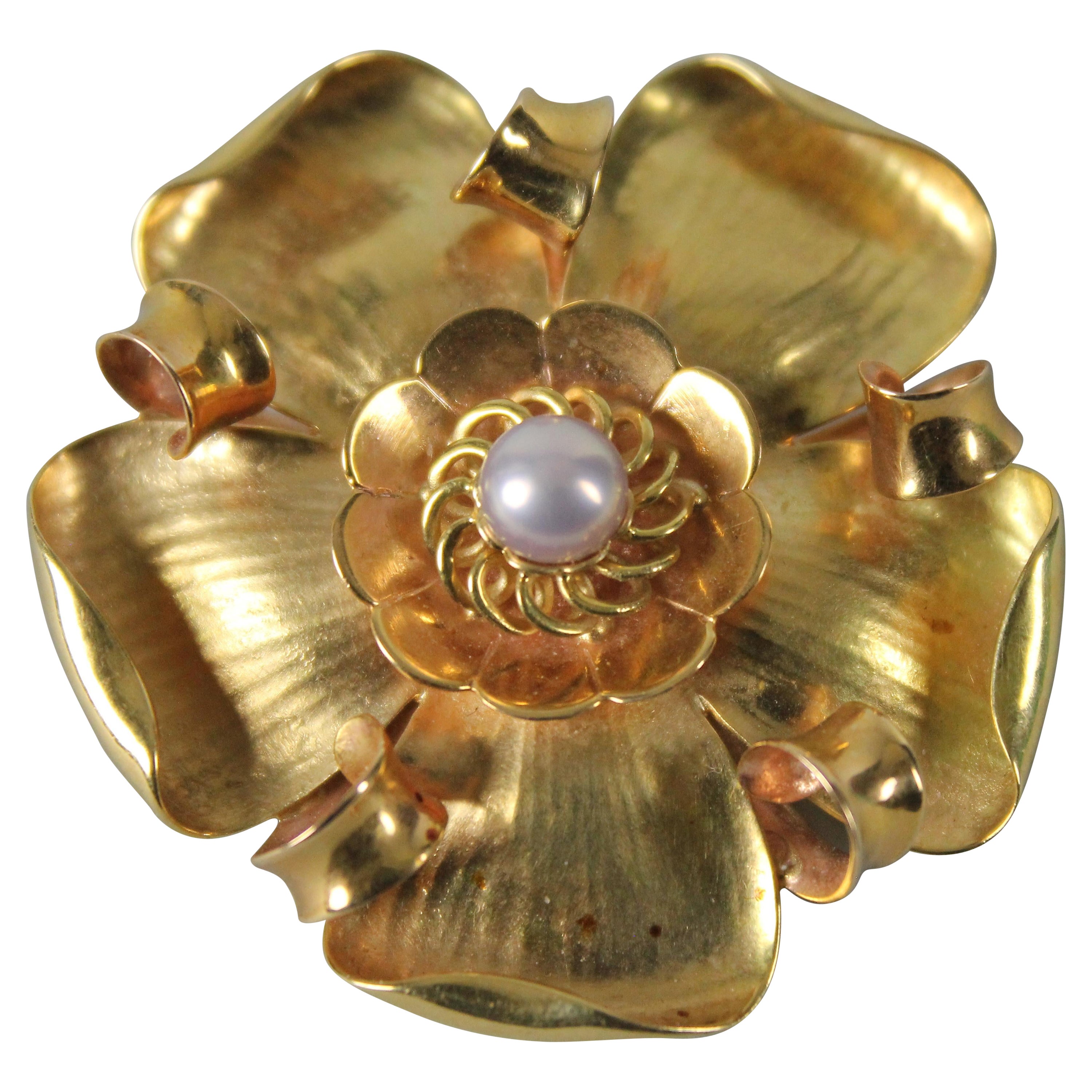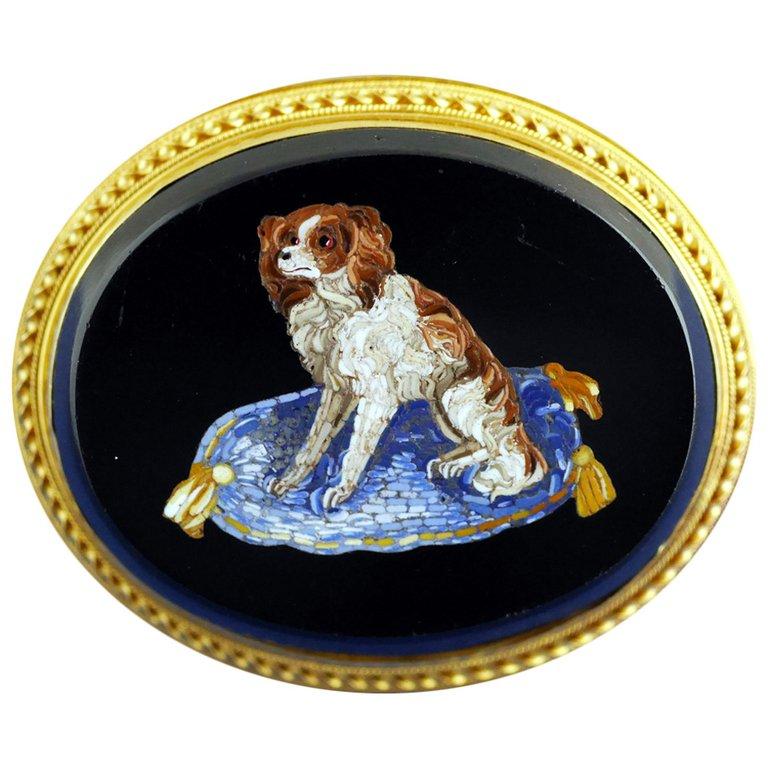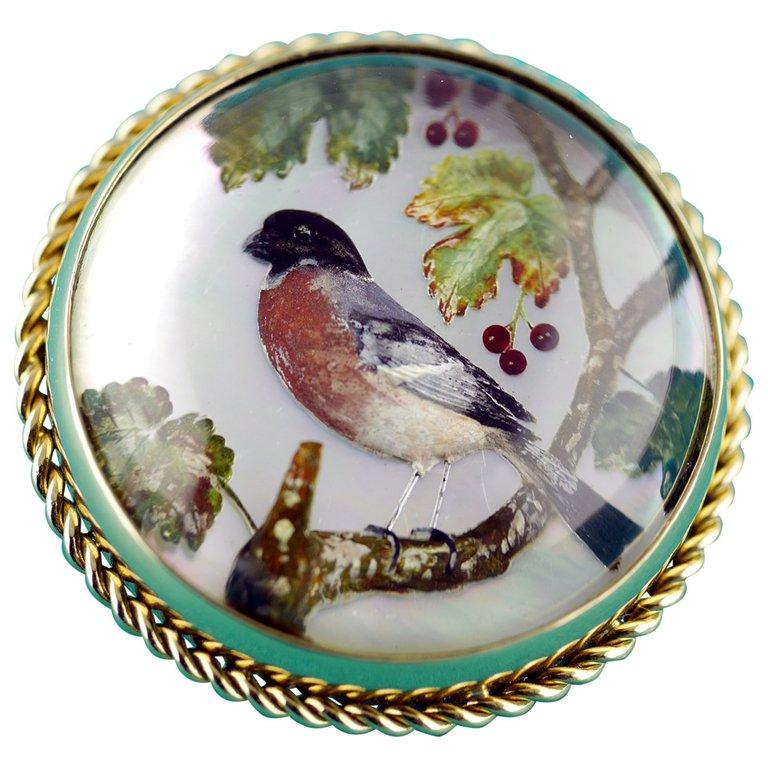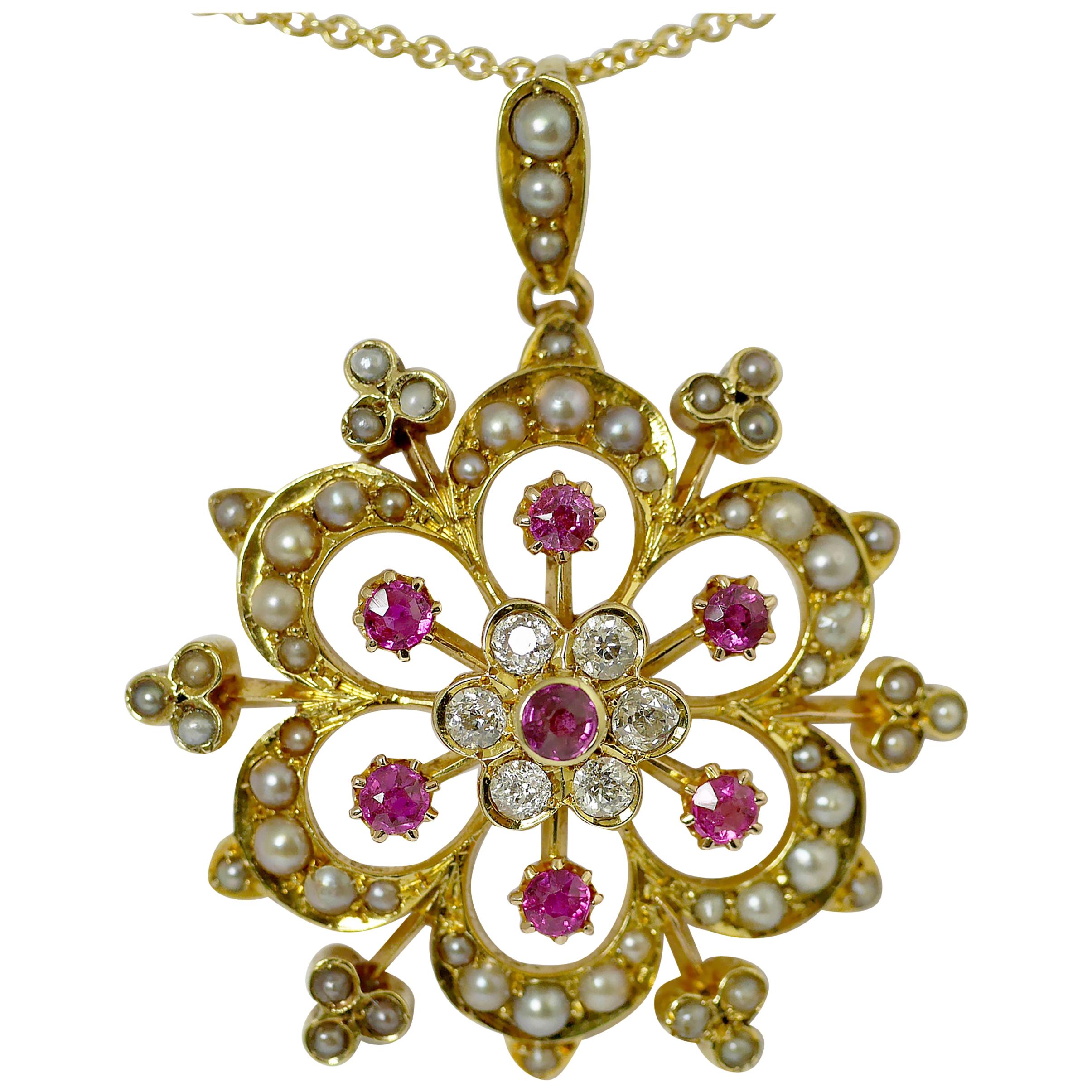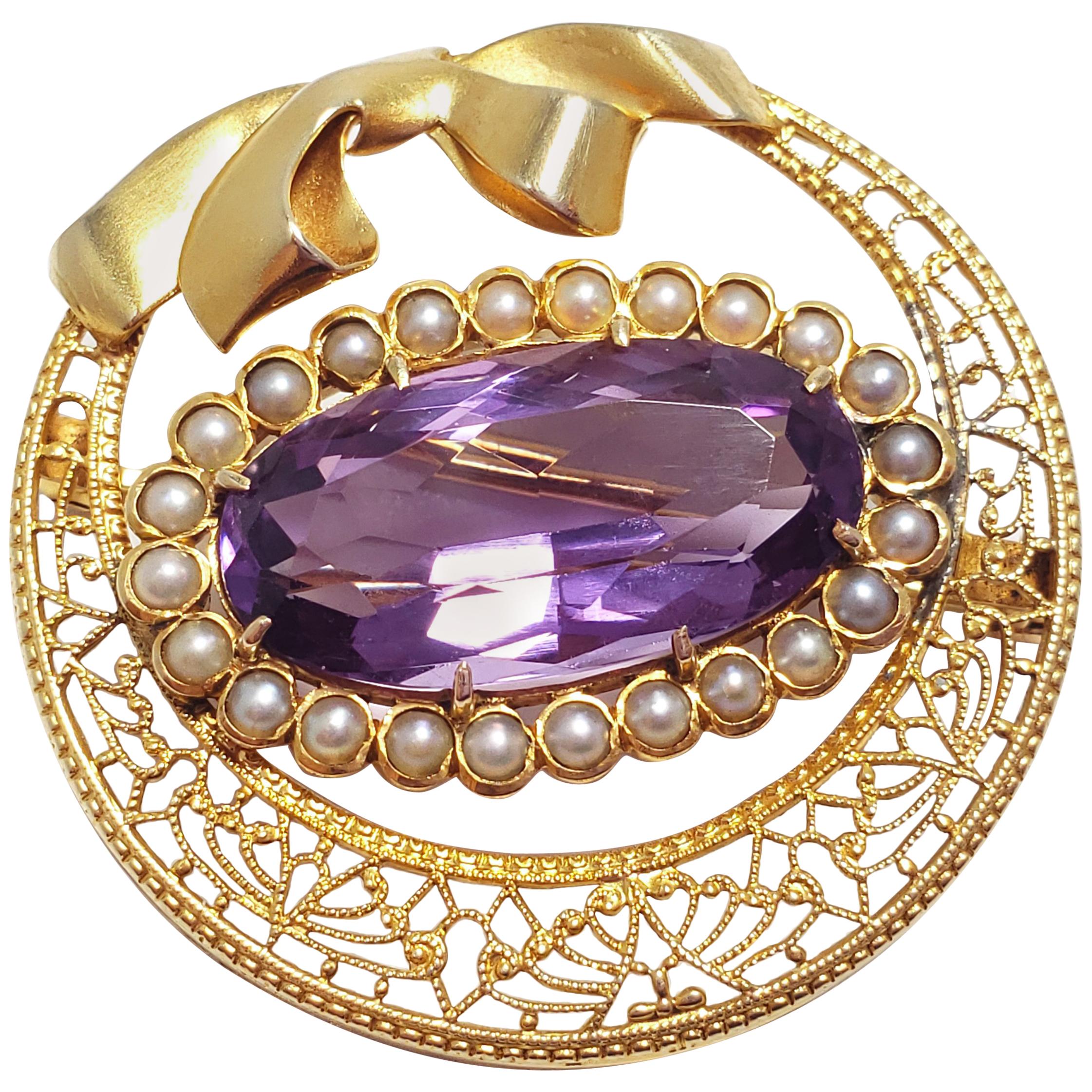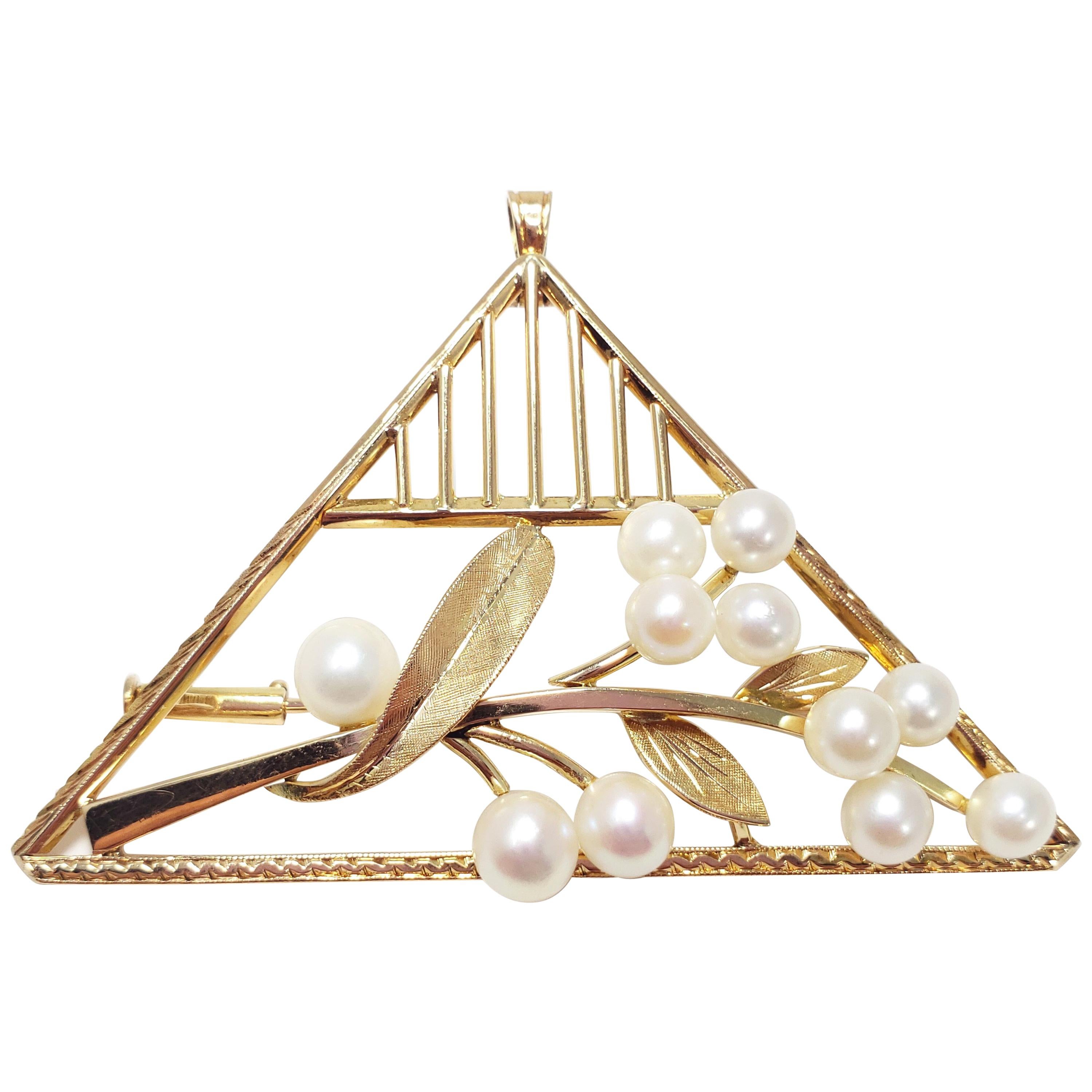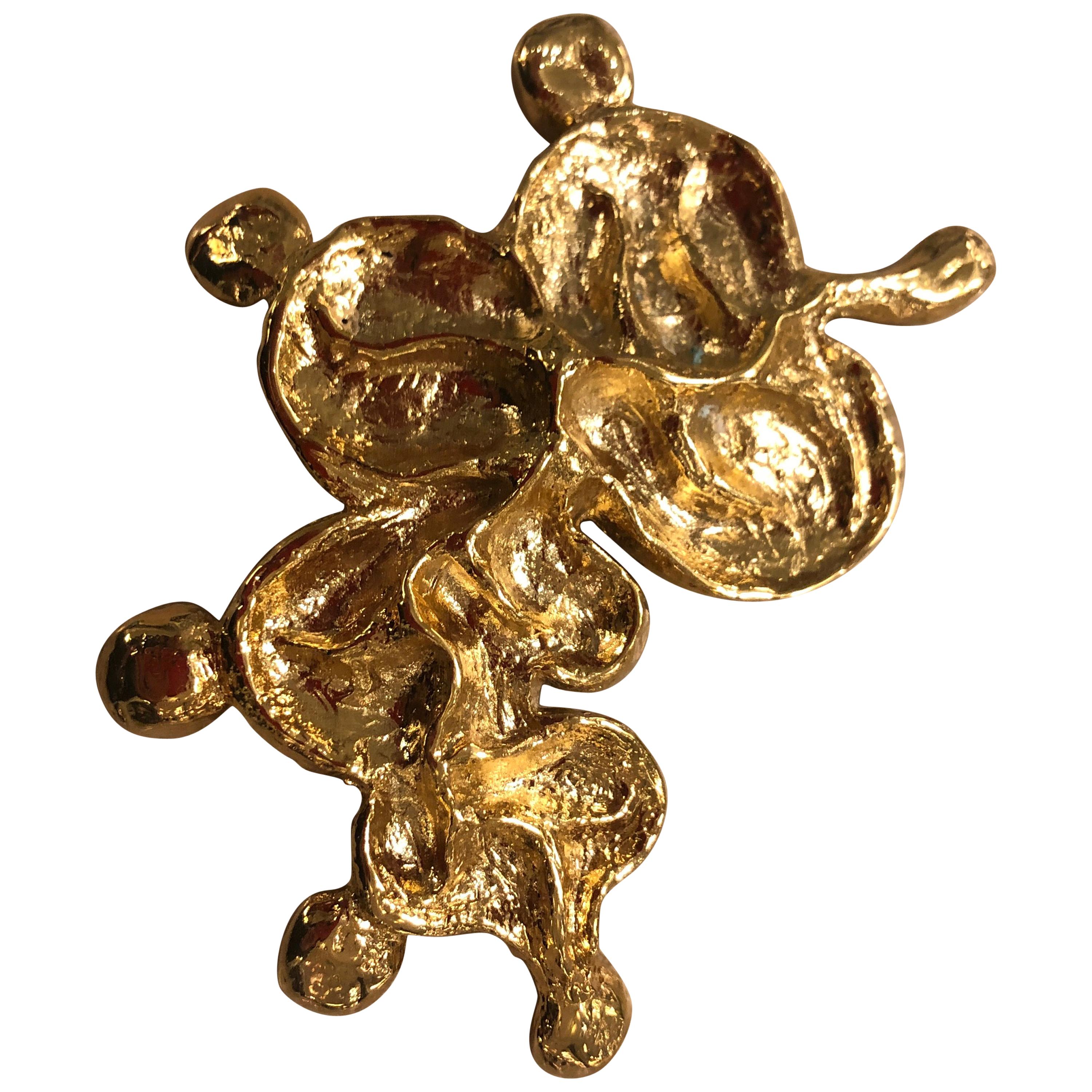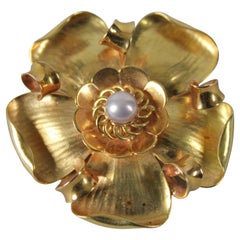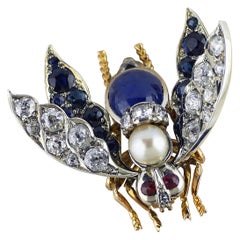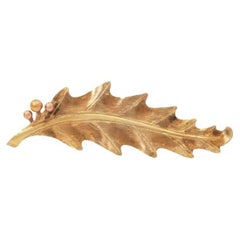
Brosche 'ilexblatt'
View Similar Items
1 of 5
Brosche 'ilexblatt'
About the Item
- Metal:Gold
- Weight:6.3 g
- Period:20th Century
- Date of Manufacture:Unknown
- Condition:
- Seller Location:Stuttgart, DE
- Reference Number:Seller: 10698681stDibs: LU2665216761362
You May Also Like
- Brosche Schmetterling Weißgold braune-gelbe-schwarze DiamantenLocated in ROTTACH-EGERN, DEDie Brosche ist ein wahres Kunstwerk aus 18kt Weißgold mit 210 schwarzen Brillanten 17,31ct , 80 weißen Brillanten 1,76 Brillanten und 55 gelben Brillanten 0,96ct. Der Körper des Sc...Category
2010s Brooches
MaterialsDiamond, Yellow Diamond, Black Diamond, 18k Gold
$9,586 Sale Price30% OffFree Shipping - Erik Fleming for Borgila 18k Gold Brooch, Stockholm Sweden, 1944By Atelier BorgilaLocated in Skanninge, SEWonderful 18k gold brooch depicting a flower. Made by Erik Fleming (1894-1954) for Borgila. 18k gold together with one pearl. Great condition, no issues. Diameter 4.5cm (in 1.78)Category
Vintage 1940s Swedish Modernist Brooches
Materials18k Gold
- Victorian Burma Sapphire 4.60ct Certificated Untreated, Pearl, Ruby Bee/Insect/BLocated in London, GBAn exceptional, exquisite and well preserved Victorian brooch in the form of a bee with ruby eyes, sapphire and diamond wings, natural pearl and cabochon natural untreated Burma Sapp...Category
Antique 1850s British Victorian Brooches
MaterialsDiamond, White Diamond, Natural Pearl, Ruby, Blue Sapphire, Pearl, Sapph...
$38,018Free Shipping - Victorian King Charles Spaniel Dog Micromosaic Brooch, circa 1870Located in London, GBFine quality micromosaic, depicting a King Charles Spaniel dog on his cushion, set as a brooch in 18ct gold. Dogs were a symbol of faithful love. The King Charles Spaniel breed was extremely popular amongst the English aristocracy, especially during the Victorian period, when Queen Victoria herself doted upon her spaniel, Dash. Although the Greeks and Romans had used mosaics for many centuries, it was the Italians who developed the art of micromosaics in the Vatican at the end of the 18th century. The Napoleonic expedition to Egypt in 1798 led to a great revival of classical interest and was reflected in the subject matter of the micromosaics, many images came from Roman murals...Category
Antique Late 19th Century Italian Victorian Brooches
Materials18k Gold
- Art Nouveau Diamond Opal Pendant/Brooch, circa 1900Located in London, GB18ct gold & silver set Art Nouveau Diamond Opal Pendant/Brooch dated circa 1900 Five round opals with an articulated pear shaped opal drop, very well matched with lively play of colours and iridescence in reds, greens, blues and gold. Set in 18 carat yellow gold claw collets Two main transitional cut (old mine) diamonds 0.70ct. Mix of old mine and rose cut diamonds in an 18 carat yellow gold with “silver Set” channel setting , approx 1 ct total. G/H/I, VS2-SI2. Total diamond weight: approx 1.7carats Setting diamonds in gold with a thin layer of silver, “silver set”, was a technique used in the Georgian/Victorian/Art Nouveau period as white coloured gold and platinum were not yet available. A very thin layer of silver was applied to the gold, on which the diamonds were set, to show them off to their best advantage (as the yellow would reflect and distort the white colour of the diamonds). The Art Nouveau period was a short lived but worldwide movement which reached its peak at the end of the 19th Century and the first decade of the 20th Century. It had its roots in the Pre Raphaelite and Arts and Crafts movements in Britain in the 1860’s. Artists, such as William Morris, took their inspiration from the flora and fauna of nature and rejected the mass industrialisation and mechanisation of the Victorian age. Art Nouveau continued with this theme and has a distinctive appearance with soft, curved shapes and lines and often depicted natural designs such as flowers, birds and the female form. Before the Art Nouveau period, the emphasis had been to design pieces with an emphasis on gem stones, diamonds, rubies emeralds etc. However, during the Art Nouveau period, jewellers adopted the idea of using other semi–precious stones “from nature” such as agate, garnet opal, moonstone, aquamarine and experimented with a wide variety of new techniques e.g. enamelling. The “New Art” style became a worldwide movement encompassing all disciplines of the arts, and world class artists as far afield as Gaudi with his “modernisme” architecture in Spain, Louis Comfort Tiffany in New York with objects, Galle Glass in France and the Liberty & Co Archibald Knox designs in Britain, Jugendstil in Northern Europe and Faberge in Russia. The movement flared brightly but briefly and by 1910 it was already going out of style to be replaced by Art Deco. In fitted period box. Detachable 18ct brooch...Category
Antique Early 1900s British Art Nouveau Pendant Necklaces
MaterialsWhite Diamond, Opal, Diamond, 18k Gold, Yellow Gold, Silver
- Victorian Reverse Intaglio Essex Crystal Bird BroochLocated in London, GBEssex crystal carved and painted showing a bird upon a cherry tree branch. Set on a mother of pearl background in 18kt gold. Essex Crystal or reverse intaglio...Category
Antique Late 19th Century British Victorian Brooches
Materials18k Gold, Yellow Gold
Recently Viewed
View AllMore Ways To Browse
14k Leaf Brooch
Holly Jewelry
Brosche Vintage
Holly Brooch
Vintage Holly Brooch
Victorian Yellow Gold And Diamond Brooch
Vintage Eye Brooch
Gold Bee Jewelry
Gold Flower Brooch Pin
Yellow Gold Diamond Flower Brooch
I Pinner
Diamond Victorian Pin
Antique Rose Cut Diamonds Brooch
Victorian Brooch Old Cut
Faux Brooches
Diamond Art Deco Set Brooches
Tiffany 18k Brooch
Tiffany 18k Gold Brooches
